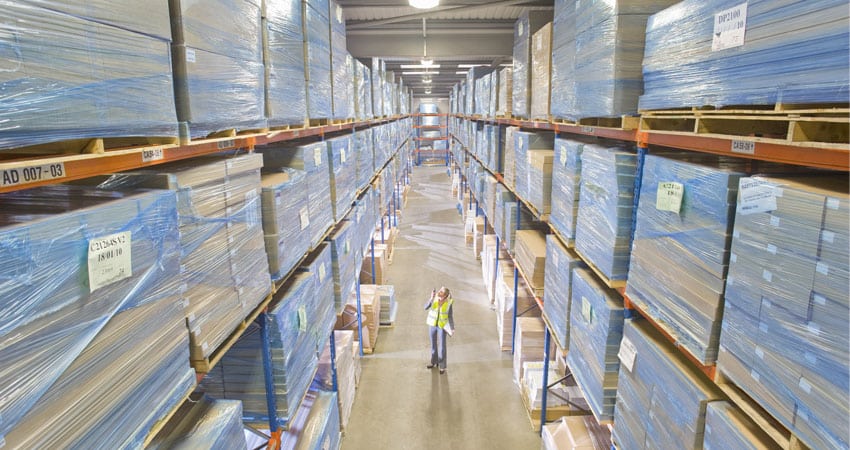In operating multiple distribution centers, inventory costs at the SKU level is one of the major ongoing expenses. Companies are often surprised at the magnitude of the inventory increases. Our experience is that a second DC adds 30% more overall inventory and a third center 50% more on top of that. Obviously, these increases don’t automatically mean you’ll achieve 30% or 50% more in sales without some major marketing and promotional changes.
Multi-DC operations are not just for the mega companies. We have had several clients with sales in the $20 million range that open a second center and see an increase in sales. And third-party logistics providers (3PLs) need to hit a high percentage of the U.S. population in order to remain competitive.
As part of planning a second facility there are inventory systems requirements for managing multi-DC inventories and fulfilling customer orders.
Here are some factors that create increases in inventory costs as cited above:
Merchandise by DC: As you’re thinking about inventory in multiple locations, what is your stocking strategy? In multiple DC projects we have worked on, the best-selling products (maybe 20% of items representing 70% to 90% of total sales) are housed in all centers and slow sellers in one facility. This may reduce inventory costs but it tends to increase second-carton shipping costs. Start by thinking strategically about how you will your assortment by DC.
SKU planning: SKU forecasting is not an exact science in most businesses. The plans must be at the SKU and location level. It’s not just simply a percentage increase to a purchase order. How will shipments to multiple locations change minimum purchases from vendors and freight costs?
Change in sales pattern: How will the addition of a DC change the sales pattern? Each location may sell differently. Let’s say your planned facility will serve customers in western states. Based on your two centers, what states and the respective populations will be served by each center?
SKU depth: If the products are in various sizes, colors and dimensions like apparel and shoes, they are often not stocked in tremendous SKU depth. In the planning process how will this change the inventory levels? There is the risk of being overstocked on new product for which you don’t have sales history when planning inventory levels.
Returns: Will returns come back to the original shipping facility to be used to fill other customer orders, or will they be processed in one facility? This affects inventory levels especially where high return products are concerned.
Liquidation and profit risks: If you end up buying substantially more inventory, is it the type of product that can be held for later promotions, or is it seasonal or fashion-related with a limited shelf life? What are your assumptions about planning liquidation costs, and are they higher than a single facility?
These are a few of the reasons why inventory tends to be much higher to support additional DCs. There is also the human tendency to build in a “safety factor” to create the best coverage.
System Functionality
In order to support multi-DC processing, you need to consider additional technology systems:
Order management and inventory allocation: The warehouse and order management systems logic must have business rules that allocate where customer orders will be filled. Are all your SKUs in the same center closest to the customer? If not, what decisions do you want the system to make without manual intervention? Obviously how well this logic works with inventory availability by location will determine if you achieve savings on freight add costs per order with second shipments from another center.
SKU planning by DC: Does your company have formalized inventory planning systems with multi-location capabilities? Many companies still use homegrown processes like Excel spreadsheets. New systems will need to have histories of customer shipments by DC and know how sales and inventory were originally planned to help support the new plan. Other features will assist in making the SKU unit plans and the dollar plans, i.e. how much you need to invest in inventory.
As you can see, while multi-DC operations have many advantages, inventory costs is one of the major expense increases on an ongoing basis. Hopefully I’ve provided you with some key areas to consider when looking to expand beyond a single facility.
It’s important to keep in mind that 44% of the U.S. population lives within 20 minutes of an Amazon facility. As Amazon continues to grow stronger with its focus on immediate consumer gratification, more and more companies will assess how they can implement a multi-DC approach to fight back and boost sales.
Brian Barry is President of F. Curtis Barry & Company

